








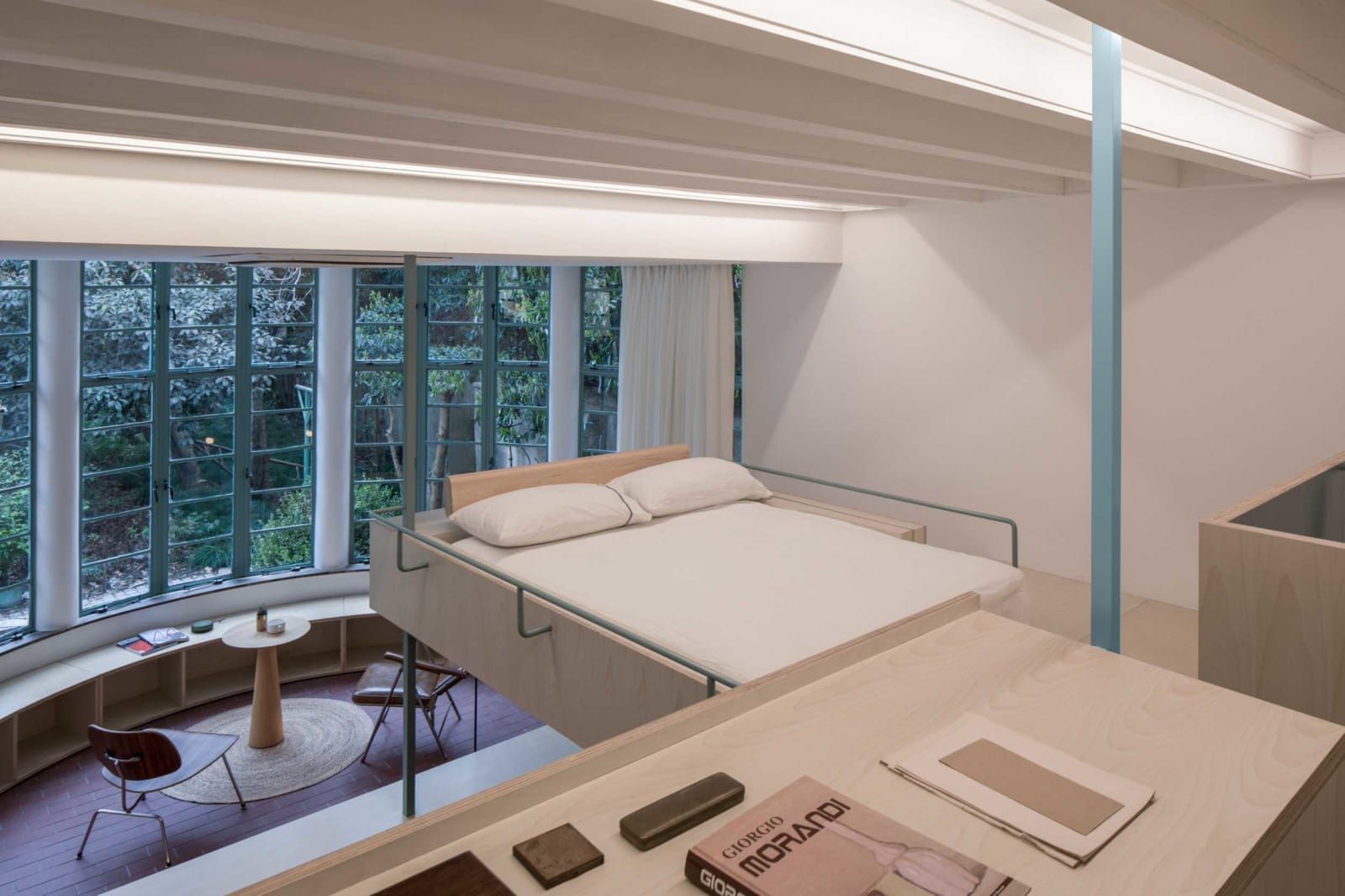
A U-shaped Room / Mainland China
Further images
-
(View a larger image of thumbnail 1
)
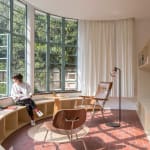
-
(View a larger image of thumbnail 2
)
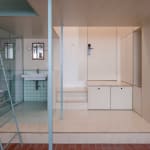
-
(View a larger image of thumbnail 3
)
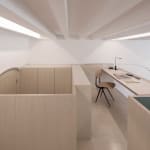
-
(View a larger image of thumbnail 4
)

-
(View a larger image of thumbnail 5
)
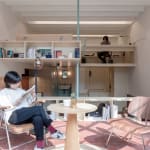
-
(View a larger image of thumbnail 6
)

-
(View a larger image of thumbnail 7
)

-
(View a larger image of thumbnail 8
)

-
(View a larger image of thumbnail 9
)

-
(View a larger image of thumbnail 10
)


Miniature Architecture for Compact Living
The U-shaped room was once a part of the ballroom of a house built in the 1930s, featuring a full-faceted bow window facing the back garden. Located in the former French Concession of Shanghai, the house suffered from years of neglect and fell into a dilapidated state following the last occupancy before the house was restored and Atelier tao+c renovated and updated the 42 square-metre room as a self-contained living unit. The project was executed with a low budget and simple materials, and provides a new model to revive often-neglected heritage buildings common in Shanghai.
The architect inserted a huge composite piece of wood and metal furniture into the room. With the original walls, windows and ceiling intact, a freestanding internal structure made of maple plywood occupies a large part of the room. Built into the depth of the volume, all functional requirements, including a shower, closets, bookshelves, steps and conversation pits are embedded in the defining piece. The kitchen, featuring a stainless-steel counter, provides contemporary amenities. An intense carving out of volumes and a densely layered composition create different niches and nooks that divide up the dining area and living area. Above the furniture piece is the upper deck, which is the room's private space. The mattress is embedded in the plinth and the study is located right next to it. The space upstairs can be reached in two ways: a short flight wooden staircase leads from the living room to the bed, and a blue metal ladder that connects the study to the dining room. Lack of a partition wall means natural light can penetrate deep into the room. Paving the ground floor with terracotta tiles, which are commonly used in parks across Shanghai, extends the outdoor into the interior.

